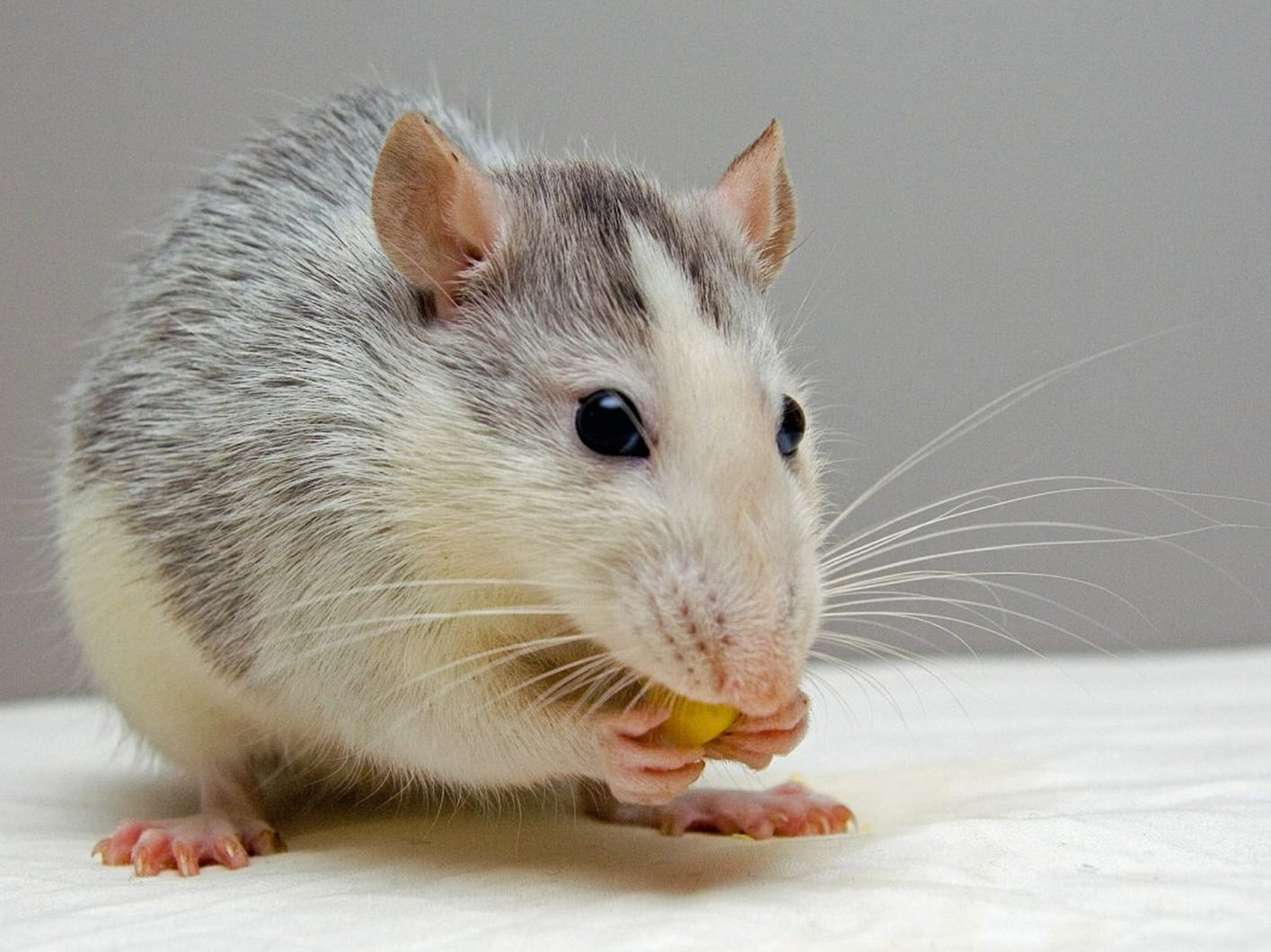
Rats & Mice Control Services
Rats and mice are very destructive and contaminate buildings. Rats and mice urinate often, creating stains and offensive odors. A single rodent will produce about 25,000 feces droppings in a year. They also do damage to electrical wiring by chewing off the insulation. It is estimated that 25% of fires, of an unknown origin, are caused by rats. We are here to help with our expert mice control services.
Facts
Rats and mice live off man and give nothing beneficial in return. They spread disease, damage structures, and contaminate food. Rats damage one-fifth of the world’s food crop each year. The real damage is in contamination. One pair of rats shed more than one million body hairs each year and a single rat leaves 25,000 droppings in a year. They transmit many diseases, including Murine typhus fever, rat-bite fever, salmonellas or bacterial food poisoning, viral diseases such as foot-and-mouth disease, and many other diseases. Norway rats can also carry the rabies virus. Fleas from infected rats can also transmit the plague. Rodent feces are the cause of the fatal Hantavirus. The Hantavirus has been found locally in mice droppings. Rats memorize their environment by body and muscle movement alone. When objects are removed from their territory, rats will continue to move around them as if the objects were still there. They are highly suspicious of new items in their environment. This is important to know when treating rodent infestations. Successful control depends on the proper identification of the different species. Norway and roof rates differ in size, habits, food preferences, and regions. Techniques that eliminate one species may not eliminate the other.
Rats visit fewer food sites than mice. However, rats eat much more at each site than mice.
Signs of Rat & Mice infestation
Rats and mice constantly leave droppings. Fresh droppings are dark in color and soft in texture, but after three days they harden and lose the dark color. Rats always travel the same runways and leave “smudge marks”, a buildup of dirt and oil from their fur; along walls, pipes, gnawed openings, beams, and rafters.
Rats keep runways free of cobwebs, debris, and dust. Outside, runways appear as narrow paths through vegetation.
Rats and mice make sounds when climbing, clawing, and moving.
Footprints and tail drags can be seen in dusty locations.
Gnaw marks are a sure sign of rats and mice.
If dogs or cats unexplainably get excited, rodents are probably moving about in wall voids or ceilings.
Interesting Rodent Trivia
In some cities, the sewer rat population outnumbers the people population. In Australia, one farmer recorded 28,000 dead mice on his porch after one night’s effort to poison them and 70,000 in a wheat field in one afternoon.
Each year, rodents cause more than one billion dollars in damage in the United States alone.
Norway rats can swim as far as 1/2 mile in open water, dive through water plumbing traps, and travel in sewer lines, even against strong water currents.
Unlike the teeth of other mammals, the front incisors of rodents never stop growing. Rodents constantly gnaw anything softer than their teeth, including wood and aluminum sheeting. This continuous gnawing keeps their front teeth front sharp and from growing too long.
A rat can drop down 50 feet without injury. What’s more, rats have a 36-inch vertical jump and a 48-inch horizontal jump. Rats can also scale rough vertical surfaces and walk along thin ropes and wires. Roof rats are excellent climbers and can climb the outside of three-inch diameter pipes or any size pipe within three inches of a wall. Rats are capable of climbing the inside of vertical pipes that are 1 1/2 to 4 inches in diameter.
A mouse can jump down 12 feet without injury. What’s more, mice have a 12-inch vertical jump. Mice can also scale rough vertical surfaces and walk along thin ropes and wires.
Rats can fit through openings that are as small as ½ inch in diameter, and mice fit through openings as small as ¼ inch
Rats begin breeding when they are 5 – 7 weeks old. Approximately 21 days after breeding, they will have a litter of 6 – 12 pups. They breed about 5 times a year, averaging 30 – 72 pups per year.
Mice are similar in that they breed when they are 5 – 8 weeks old. They average about 7 pups per litter and breed about 8 – 10 times per year, averaging 55 – 70 pups per year.
Control
Our fully trained and licensed personnel will do an inspection of your home/building and determine rodent entry areas and the best method of excluding them from continuing to enter the structure. We can provide the exclusion mice control services if you desire.
We will also determine contributing factors that have attracted the rodents and suggest methods to reduce their infestation. Some suggestions may be as simple as storing dog food in a tamper-resistant plastic container.
We will then determine the best way to eliminate interior and exterior infestations. We provide trapping services in the interior and tamper resistant exterior bait stations for the exteriors
Common Rat Species
There are two main types of rats that cause concern in Kenya. The Brown Rat (or common rat) and the Black Rat. They are a common pest in both private homes and businesses.
Black Rat (Rattus rattus)
Black rats are rare in Nairobi Kenya. Their appearance is usually confined mainly to ports.
Appearance
• The black rat is between 16–24cm in length, with a tail longer than the head and body.
• It grows to between 150–200g in weight.
• They have a pointed nose, large ears, and a slender body when compared to the Brown Rat (Rattus norvegicus).
Life Cycle
• Black rats produce 5–10 young per litter and have between 3–6 litters a year.
• The gestation period is about 3 weeks.
• It only takes between 12–16 weeks from birth for them to reach sexual maturity.
Habits
• They often climb as they are incredibly agile.
• It is rare for them to burrow and they are rarely found outdoors in Kenya.
• Their preferred food is moist fruits. Black Rats will eat around 15g of food a day and drink 15ml.
Brown Rat (Rattus norvegicus)
Brown rats usually prefer ground living and burrowing, but sometimes they can be known to climb.
Appearance
• The brown rat is up to 40 cm in length, with a tail shorter than the head and body.
• It grows up to between 350–500g in weight.
• It has a blunt nose, small ears, and a thicker body when compared to the Black Rat (Rattus rattus).
Life Cycle
• Rats have 7–8 young per litter and between 3–6 litters a year.
• The gestation period is about 3 weeks.
• It only takes 10–12 weeks from birth to reach sexual maturity.
Habits
• The brown rat is the only species to occur in sewers in Nairobi Kenya.
• Preferred food is cereals, although they are omnivorous.
• They will eat around 30g of food a day and drink 60m.
Contact us know for the Premium rat & mice control services in Pakistan.



